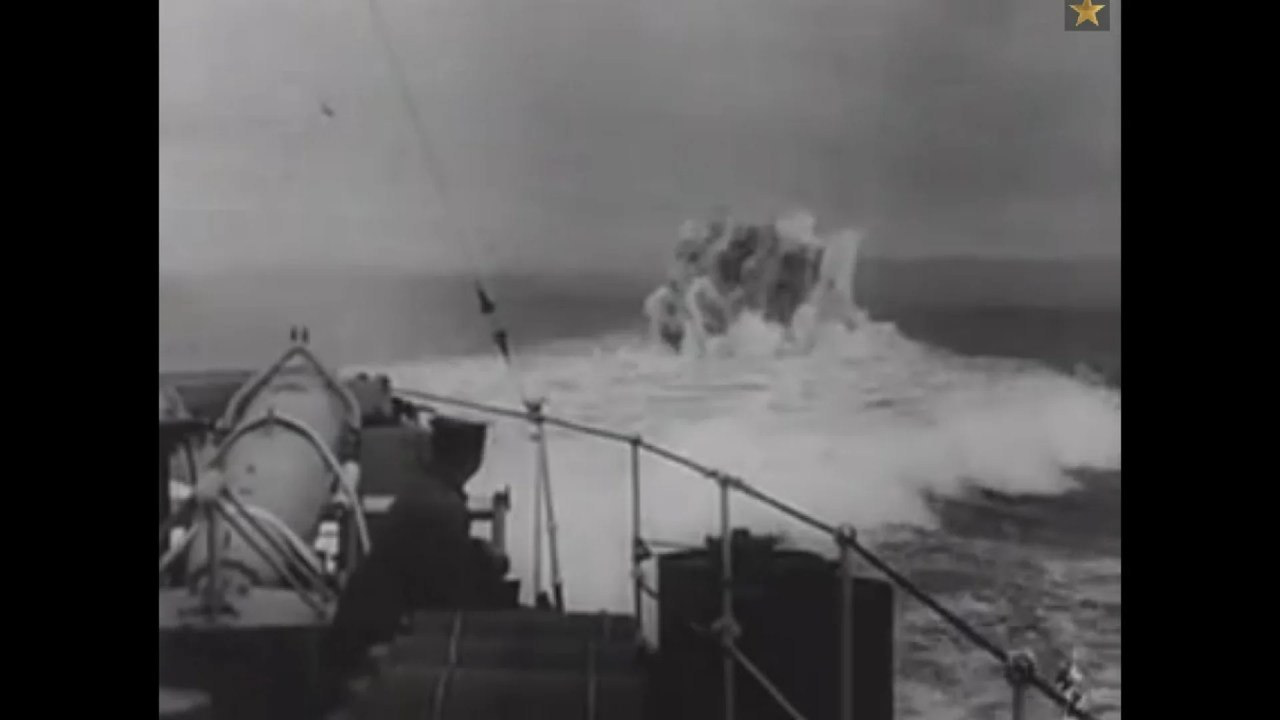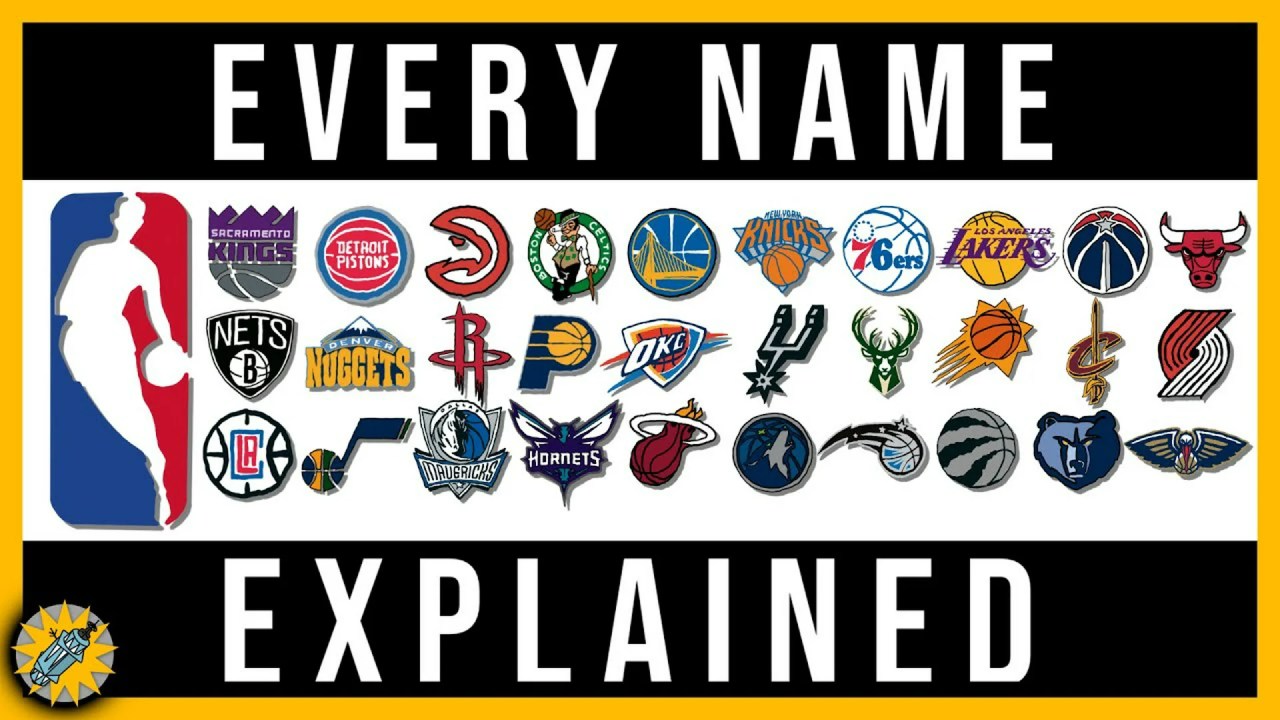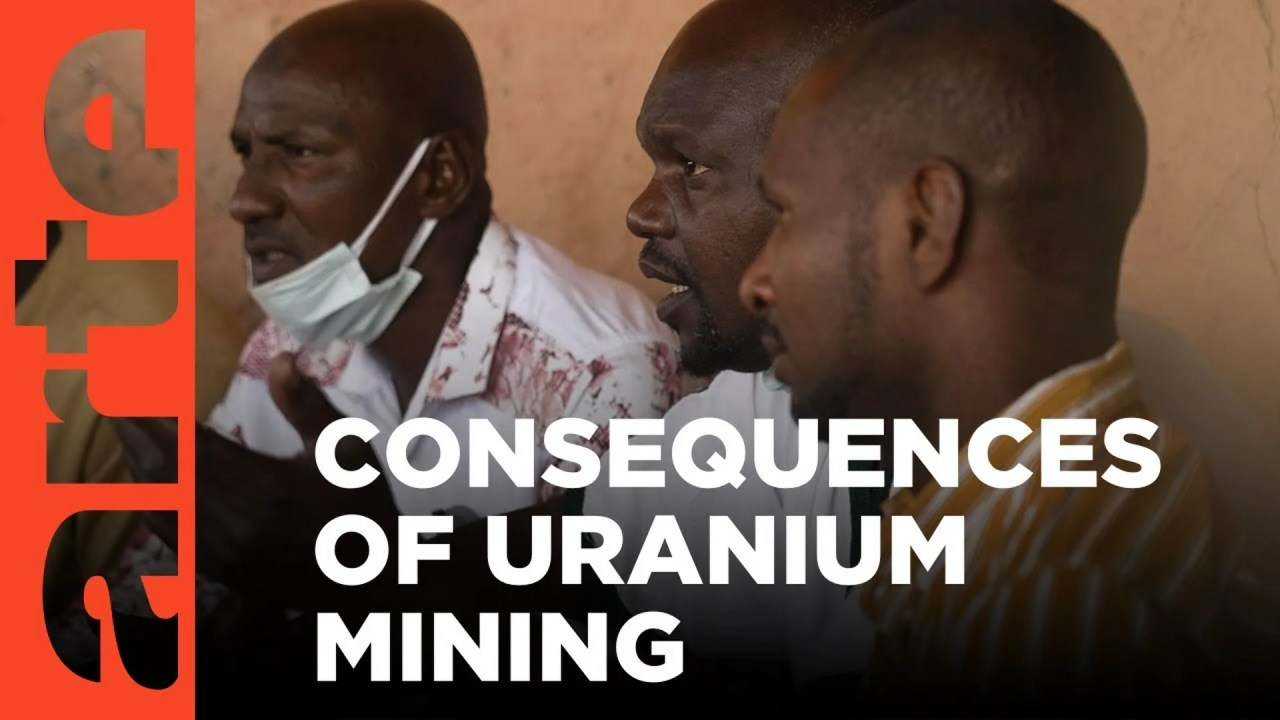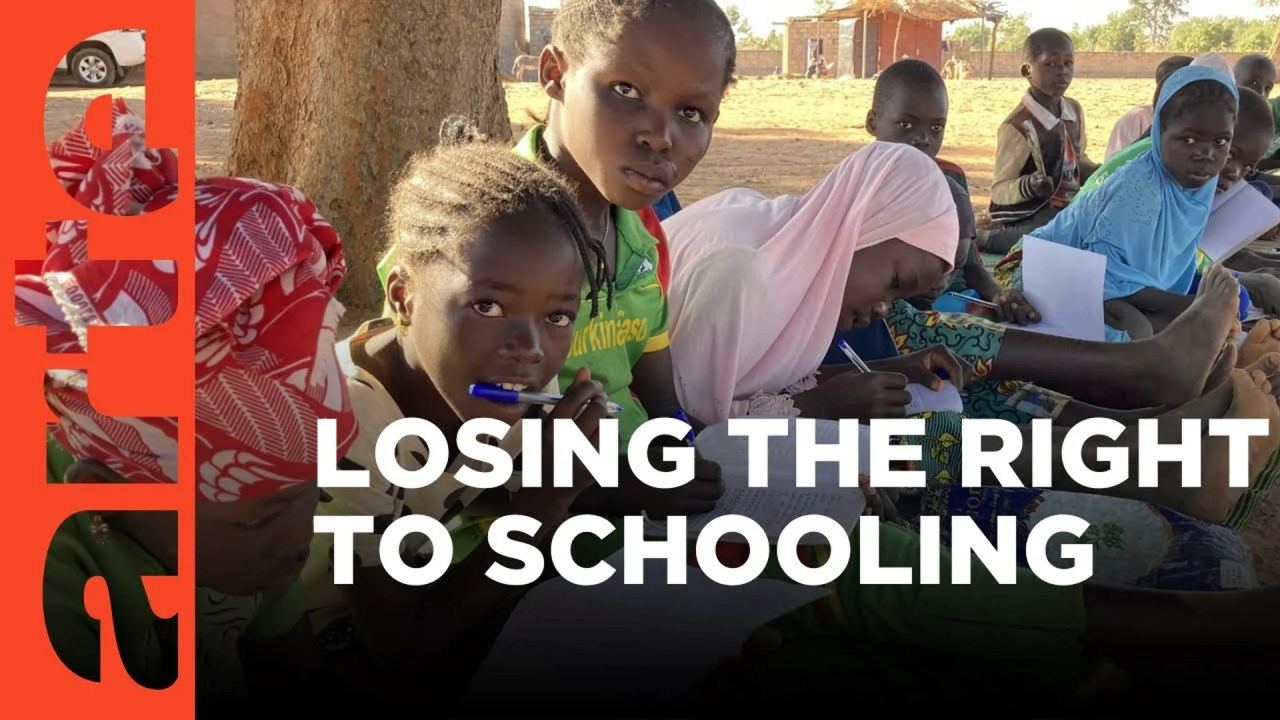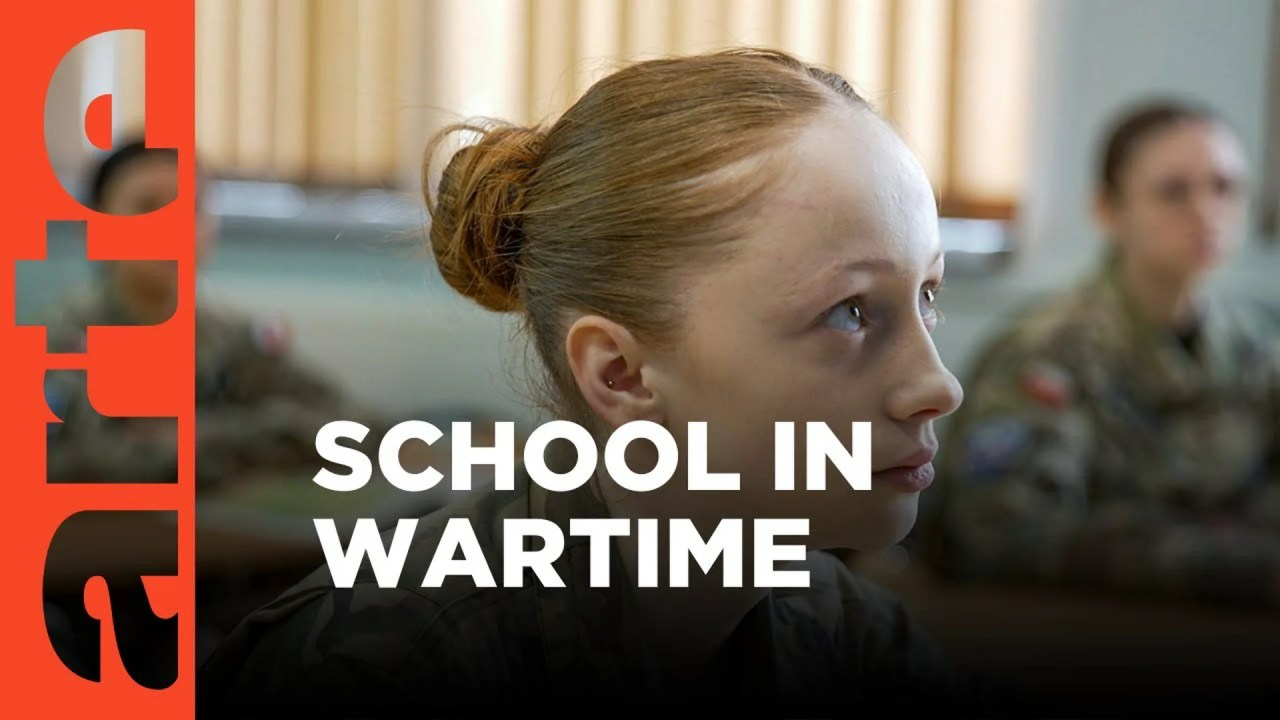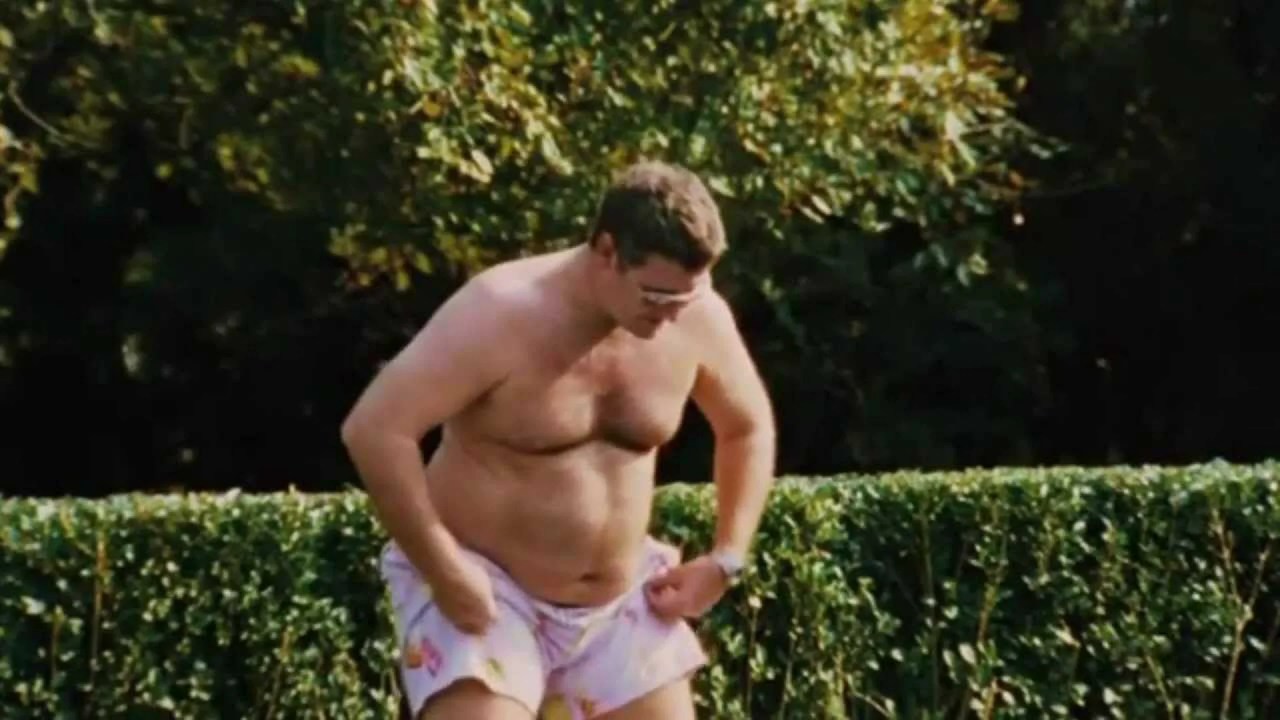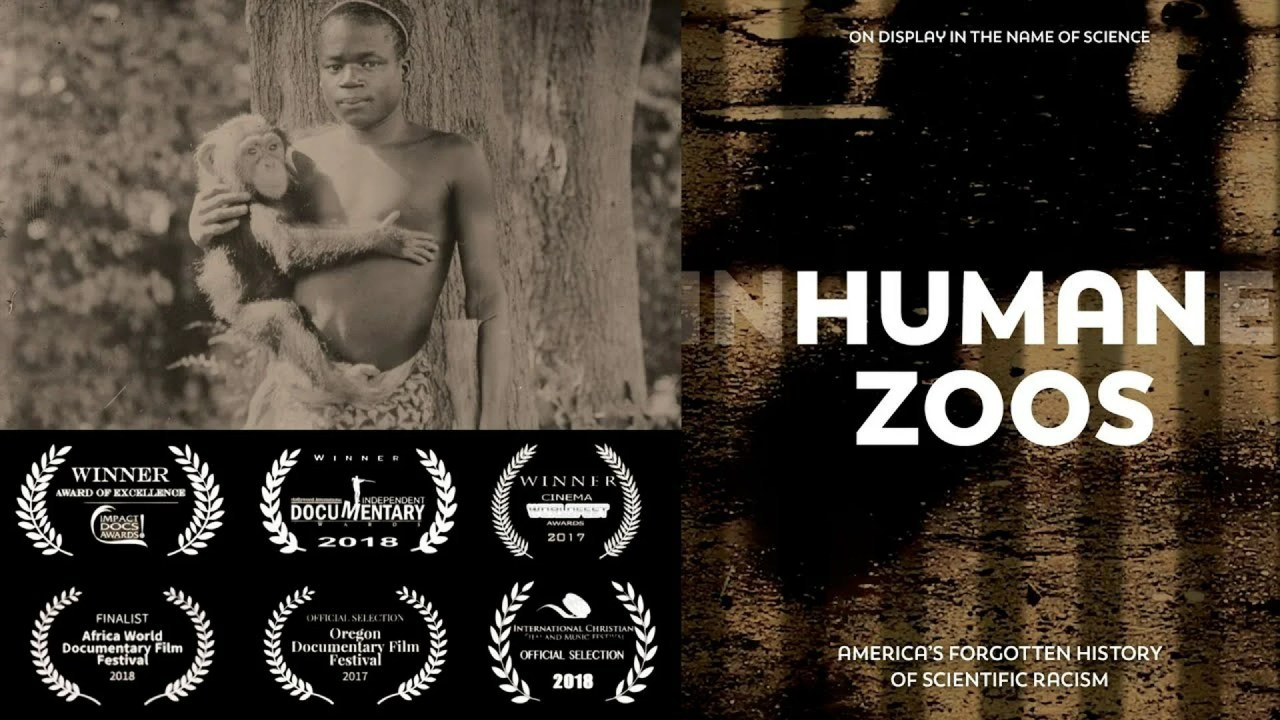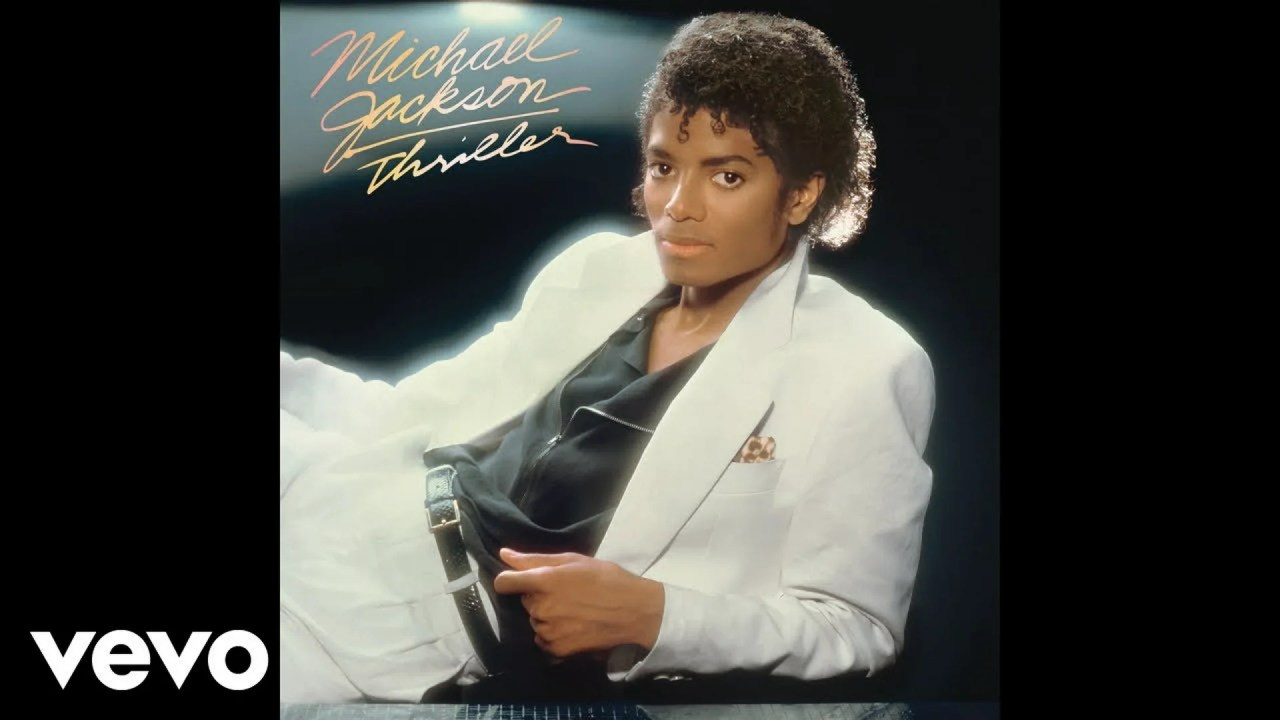The 1999 documentary Bowling for Columbine by Michael Moore is a powerful exploration of America’s obsession with guns and violence, and an unsettling look at the tragedy that unfolded at Columbine High School in Littleton, Colorado.
The film centers on two loosely related incidents: Eric Harris and Dylan Klebold attending their favorite no-credit bowling class shortly before they perpetrated the infamous shooting spree, and the shooting of a 6-year-old near Michael Moore’s hometown of Flint, Michigan. Through these events, Moore tackles the controversial topic of gun control and attempts to answer the difficult question: why do Americans kill each other more often than people in other democratic nations?
Using interviews from students affected by the shooting as well as government figures and industry leaders, Moore skillfully examines both sides of the gun control debate. He looks at how economic deprivation can lead to increased violence in some areas, while also demonstrating that even when stringent regulations are imposed on firearms ownership there is still no guarantee that it will prevent future massacres like Columbine from happening again.
What makes Bowling for Columbine such an important piece of documentary filmmaking is its ability to provide insight into this complex issue without taking a side or pushing any particular agenda. It does not offer easy answers or sweeping solutions – instead it encourages viewers to explore further debates surrounding guns and violence themselves.
For anyone interested in learning more about this critical issue, watching Bowling for Columbine is essential viewing. With its insightful exploration of gun control laws and their effects on society as well as its harrowing look at one of the most devastating school shootings in history, this documentary offers viewers an opportunity to explore all sides of this complicated debate, inspiring them to think deeply about what can be done to end gun violence once and for all.






